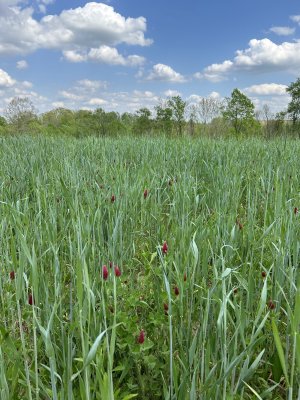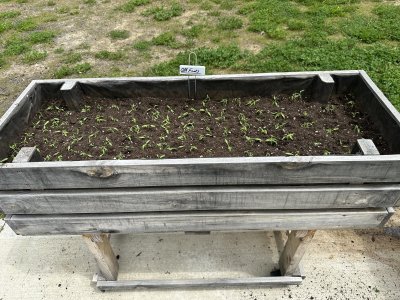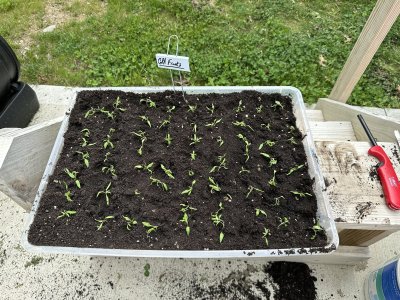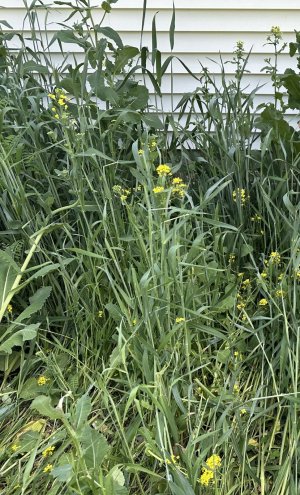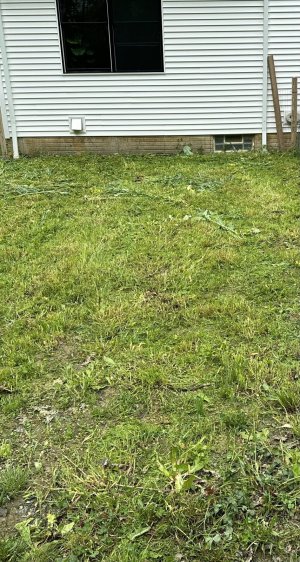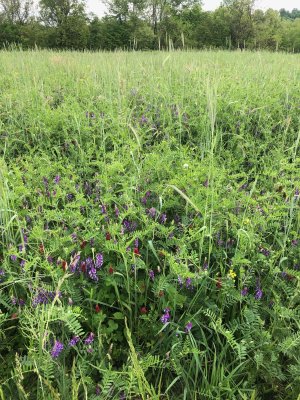Buckhunter10
5 year old buck +
When starting Vitalize Seed it wasn’t enough for us to just have a great seed mixes.
We wanted to go above and beyond from a customer service perspective and provide honest research both for our own learning and also to our customers benefit.
We have spent more money this year on testing than I care to admit but we find it is crucial to be able to look our customers in the eye and tell them how much we care and that we continue to strive to learn more to offer better advice and products for our customers.
None of this could be possible without our amazing partners @ward labs and our amazing customers.
In the picture here you’ll see a snap shot of a PLFA test. The test was pulled in the dormant season and yet the results are proof positive of the success of the 1-2 system. The microbial biomass, and bacteria to fungi ratio are fantastic!!
I plan to have a call with some of our partners @Ward and bring you all more in-depth analysis, again driving our desire to learn more and disseminate the information to our growers be it food plotters to farmers to gardeners.
The fact is - we are cycling nutrients with the Vitalize 1-2 system. This is allowing us to manage residues and growth successive crops with minimal inputs - all while driving soil health simultaneously. We will only get better results as we control deer browse and increase plant biomass below and above ground through this Spring NB planting and the following Carbon Load plantings.
Healthy soils = healthy food = healthy deer
Thanks for all the supporters!!
Albert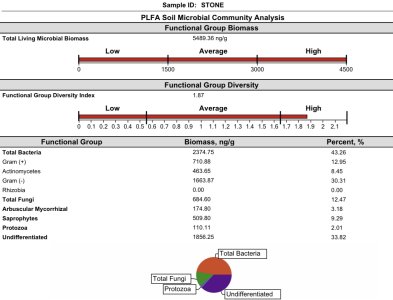
We wanted to go above and beyond from a customer service perspective and provide honest research both for our own learning and also to our customers benefit.
We have spent more money this year on testing than I care to admit but we find it is crucial to be able to look our customers in the eye and tell them how much we care and that we continue to strive to learn more to offer better advice and products for our customers.
None of this could be possible without our amazing partners @ward labs and our amazing customers.
In the picture here you’ll see a snap shot of a PLFA test. The test was pulled in the dormant season and yet the results are proof positive of the success of the 1-2 system. The microbial biomass, and bacteria to fungi ratio are fantastic!!
I plan to have a call with some of our partners @Ward and bring you all more in-depth analysis, again driving our desire to learn more and disseminate the information to our growers be it food plotters to farmers to gardeners.
The fact is - we are cycling nutrients with the Vitalize 1-2 system. This is allowing us to manage residues and growth successive crops with minimal inputs - all while driving soil health simultaneously. We will only get better results as we control deer browse and increase plant biomass below and above ground through this Spring NB planting and the following Carbon Load plantings.
Healthy soils = healthy food = healthy deer
Thanks for all the supporters!!
Albert


